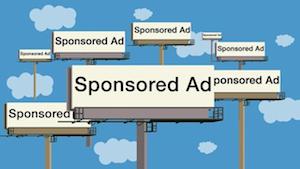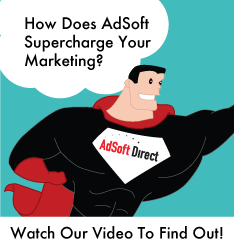How sponsored ads can repel consumers
Published August 15, 2014 at 9:19 am

As people continue to use the Internet to search for products and services and as a source of information on topics that are of interest to them, advertisers face the challenge of creating ads that grab attention while appealing to the consumer. The changing advertising landscape has led to companies having to blur the lines between ads and entertainment. The more value an ad can provide in terms of either information or entertainment, the better chance it stands of being effective.
Since consumers have more freedom to control where and when they consume media, many elect to skip over or otherwise ignore advertisements. This is why it is essential to create marketing collateral that is engaging and provides value to the audience. However, as a result, it has become difficult to distinguish between what is actual content, and what is a paid ad.
This issue is addressed in a recent Adage article that discusses a change that has been made to the labeling of sponsored posts in the New York Times. According to the article, the New York Times had previously emphasized the need for clear labeling so readers would be able to tell the difference between unpaid content and paid content. However, with the recent reduction in labeling that they have implemented, the distinction has become more muddled.
Why the change? The article explains that some marketers expressed concerns over the labeling, believing it would repel readers right from the start. Adage cites a study from Contently which found that over half of readers mistrust sponsored content.
When making use of sponsored content, marketers should be tactful with their campaign marketing to ensure their brand reputation is protected and that consumers are aware of the nature of the content they are consuming.







comment closed